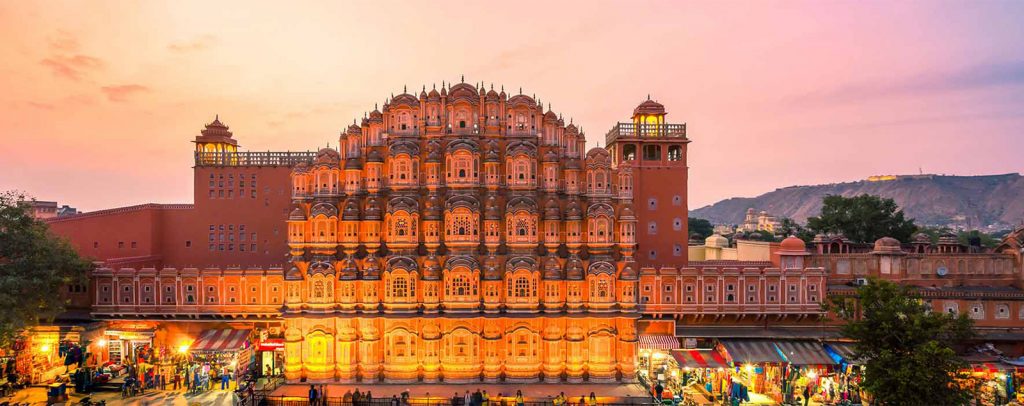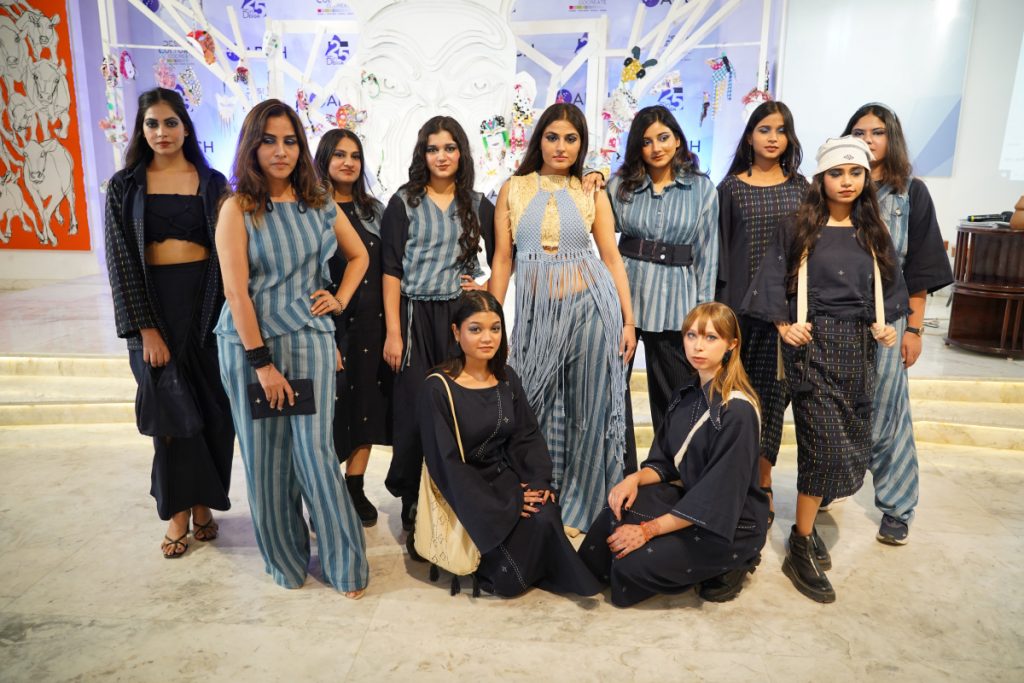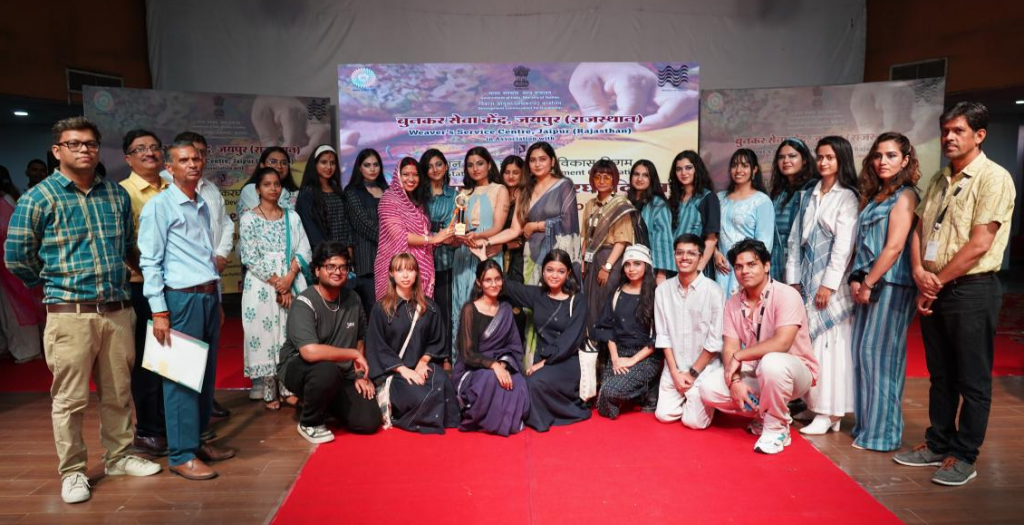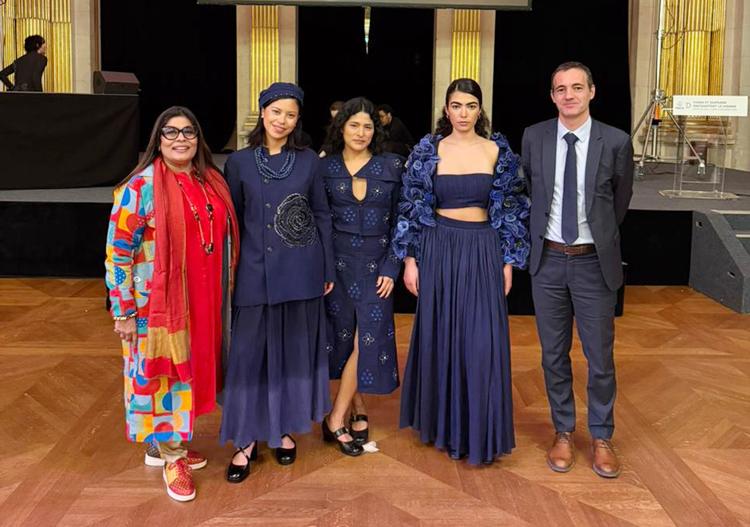When you think of Jaipur, the first images that come to mind are often its pink-walled streets, majestic forts, and bustling bazaars. But look closer, and you’ll see something deeper — a living, breathing design ecosystem. Jaipur isn’t just a city of heritage; it’s a city of ideas, craft, and innovation, making it one of India’s most inspiring destinations for designers and design learners.
The Pink City as a Canvas
Planned in 1727 by architect Vidyadhar Bhattacharya, Jaipur was one of India’s earliest examples of urban design rooted in Vastu Shastra. The grid layout, wide streets, and harmonious proportions speak of a time when architecture was as much about spiritual balance as it was about functionality. Landmarks like the Hawa Mahal and Jantar Mantar are more than tourist attractions — they are timeless lessons in form, purpose, and visual storytelling. The traditional architecture of Jaipur inspires the modern interior design in India and all over the world.

For design students, the city itself becomes a classroom. At ARCH College of Design & Business, for example, learners often study the city’s architectural vocabulary, drawing connections between historic planning principles and modern urban needs.
Craft Capital of India
Jaipur holds UNESCO’s “Creative City” tag for Crafts and Folk Arts, and for good reason. Walk through its lanes, and you’ll find block printers in Sanganer and Bagru mixing natural dyes, artisans moulding delicate blue pottery, and jewellers setting precious stones with meenakari detailing. These crafts are centuries old, yet remain relevant in contemporary markets across the globe.
ARCH students frequently engage with these crafts directly — collaborating with artisans, documenting their processes, and reinterpreting them into modern product lines. It’s this bridge between tradition and innovation that makes Jaipur’s design scene unique.
A Hub for Jewellery Design
Known globally as the gemstone capital of the world, Jaipur’s jewellery industry is a perfect blend of heritage techniques and cutting-edge trends. From precision gemstone cutting to intricate kundan-meena work, the city offers endless inspiration for jewellery designers.
ARCH’s Jewellery Design programs leverage this environment by offering students hands-on exposure to local workshops, gemstone markets, and heritage studios. This isn’t just classroom learning — it’s real-world immersion in one of the most respected jewellery ecosystems globally. Explore the rich craftsmanship of Jaipur, which perfectly blends tradition and modern design.
Textile Traditions with Modern Twists
Jaipur’s textiles are as vibrant as the city itself. From the fluid waves of leheriya to the tiny knots of bandhani, each fabric tells a story of skill and culture. In recent years, contemporary designers have taken these age-old techniques and reimagined them for global fashion runways.
Events like the Jaipur Literature Festival often feature craft bazaars and design pop-ups, where ARCH students showcase innovative interpretations of traditional textiles — merging slow craft techniques with modern silhouettes.

The Modern Design Scene
While its heritage is its backbone, Jaipur is also embracing modern design with confidence. Concept stores, art galleries, and design cafés are redefining the city’s creative landscape. Architecture firms are experimenting with sustainable materials and new forms, while interior designers are blending Rajasthani motifs with contemporary minimalism.
As a leading design institution in the city, ARCH College plays an active role in shaping this narrative. The campus hosts exhibitions, collaborations, and events that bring together industry experts, alumni entrepreneurs, and fresh student talent — creating a network that extends far beyond Jaipur.

Global Recognition and Collaborations
Jaipur’s design influence extends far beyond India’s borders. The city’s crafts are showcased in museums worldwide, and collaborations with global brands are common. Local artisans work with luxury fashion houses, while design schools like ARCH develop international exchange programs that allow students to experience design cultures in Paris, Milan, and beyond — and bring those insights back to Jaipur.
ARCH student, Mansha Agarwal’s “Universe Within” sustainable fashion collection showcased at Paris.

Why Designers Love Jaipur
For any designer, Jaipur offers three invaluable assets — inspiration, resources, and community. Inspiration comes from its colours, textures, and layered history. Resources are abundant in the form of skilled artisans, affordable yet high-quality materials, and diverse craft clusters. And the community — from traditional craftspeople to contemporary design educators — ensures ideas are nurtured, challenged, and brought to life.
ARCH College embodies this spirit by promoting collaborations between students and the local creative ecosystem. Whether through field visits, live projects, or internships with artisan-led businesses, it ensures that the city’s design richness becomes part of every learner’s journey.
Tradition Meets Innovation
Jaipur is more than a postcard-perfect heritage city. It’s a design destination where tradition fuels innovation, where centuries-old crafts meet cutting-edge ideas, and where every street corner can spark a new creative direction. For aspiring designers, this isn’t just a place to study; it’s a place to live design every single day.
With institutions like ARCH College of Design & Business nurturing talent at the heart of this vibrant ecosystem, Jaipur’s position as a leading design hub in India is only set to grow. The Pink City is not just preserving its creative heritage — it’s shaping the future of design.
